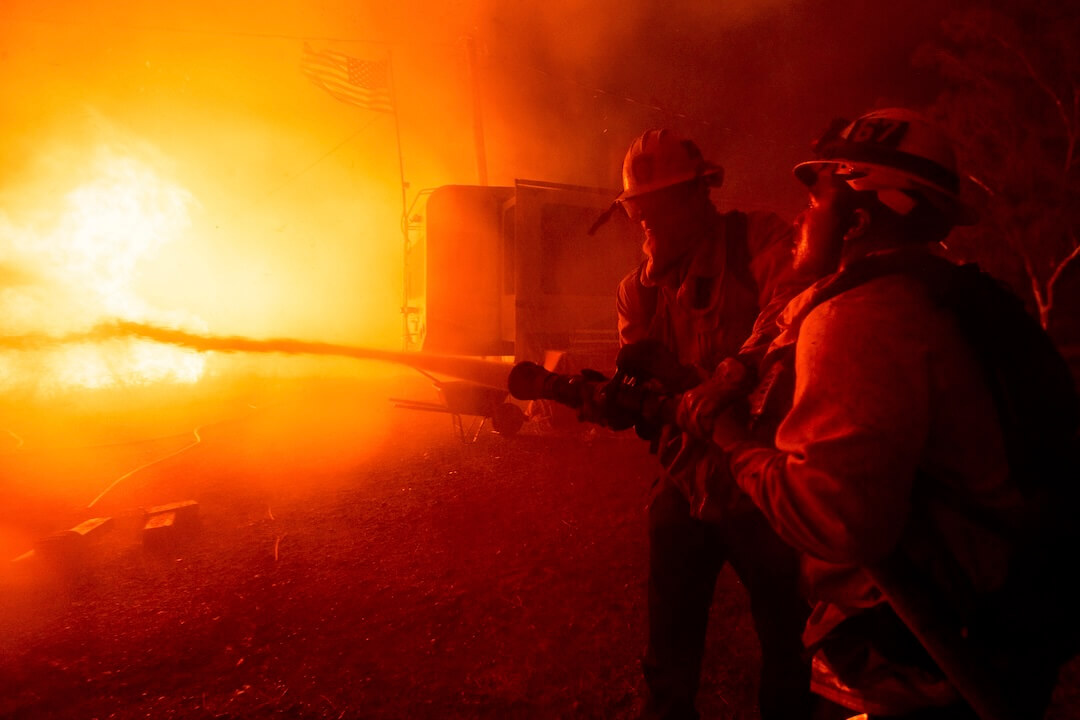Ideas for great investigative stories come from many directions, including your daily activities. But good stories don’t tell you they’re good stories right away.
For example, on your way to work, you may see vacant buildings, a homeless person, dangerous driving, a dilapidated bridge or broken traffic lights. Each of these could lead you to an investigative story if you start asking questions.
- Is this one instance, or does this represent an ongoing problem?
- How many cases are there of this? How many vacant buildings, how many homeless people, how many bad drivers, how many sketchy bridges, how many flickering traffic lights?
- If there are many, why? What or who is supposed to prevent the problem?
Everyone sees plywood-shuttered buildings, homeless people, poor driving, scary bridges and malfunctioning traffic lights. The investigative reporter turns these observations into questions about the way the world works — and those questions may be the seed of an idea for an investigative story.
Taken from Introduction to Investigative Reporting, a self-directed course by Brant Houston at Poynter NewsU.
Have you missed a Coffee Break Course? Here’s our complete lineup.







